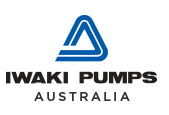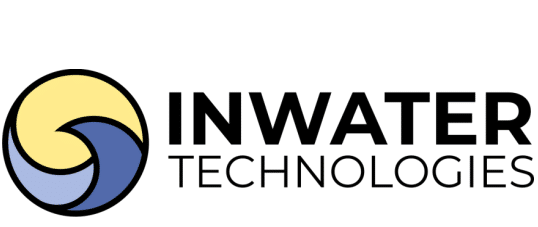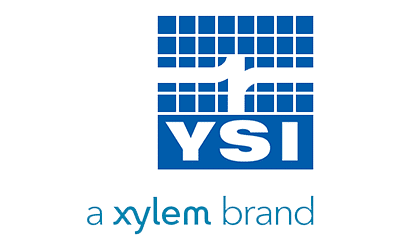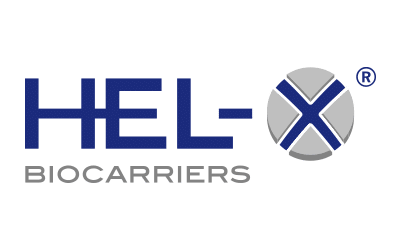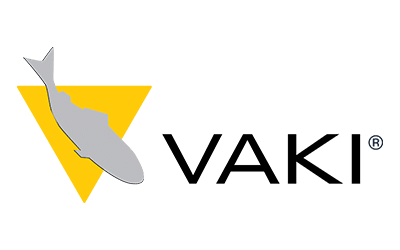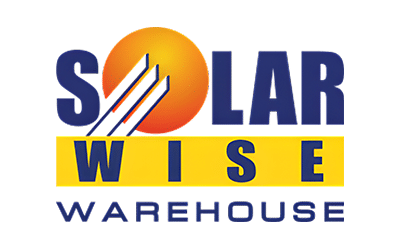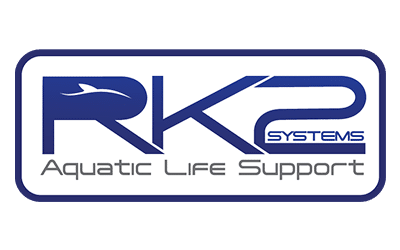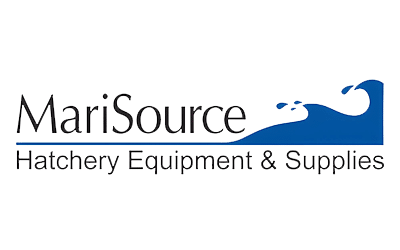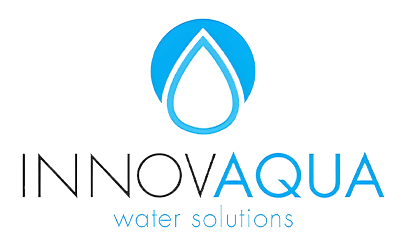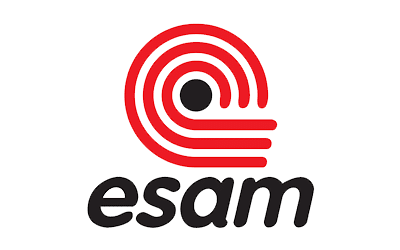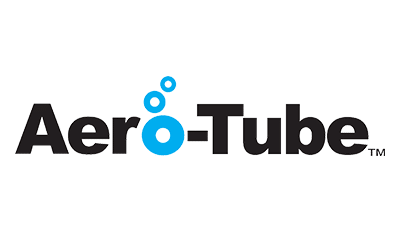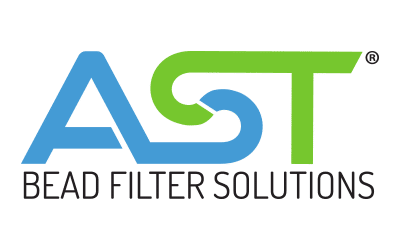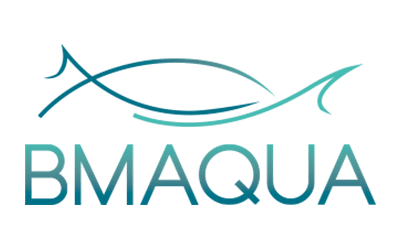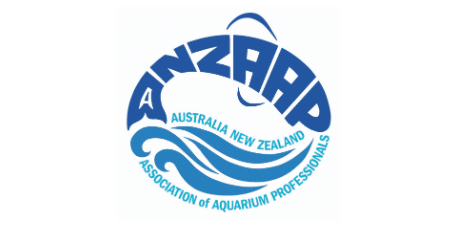At Pure Aquatics, we have noticed several alarmingly undersized UV’s being applied into the industry of late, and together with RK2 and their release of the RK2 Ultraviolet Sterilisers range, we have put together some useful information for you to help identify what you need to get the result you are paying for.
Lamps – Type of lamp and Number of Lamps Vs’s Flow rate
ost UV manufacturers will use low pressure or Amalgam lamps (depending on the size of the UV) and overall most quality UV bulbs have the same output.
Low Pressure Lamp Specifications:
Lamp Life: up to 12,000 hours
Power Consumption: 18 to 150 W
Amalgam Lamp Specifications:
Lamp Life: 9,000 to 12,000 hours or more
Power Consumption: 90 to 1000 W
Note: All LP and all Amalgam lamps, regardless of manufacturer, have about the same efficiency, or UV-C percentage output relative to electrical input. LP lamps are about 34% to 38% efficient, and Amalgam lamps are about 32% to 35% efficient.
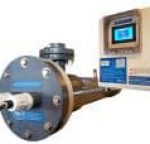
With this in mind, the first thing to check is the number of lamps in the array vs the flow rate being treated.
We have stated (and know) that all lamps of the same type and electrical power have about the same UV-C output….so why do some companies claim higher outputs?
Measurement of lamp output can be done in many ways. Some methods of measurement seem to indicate higher outputs than others do. This variation in UV-C measurement method results is why many lamp and UV system manufactures got together to develop a standardized 1m UV-C lamp output test. This test helps to ensure that lamps measured with this method are compared fairly.
It must be noted that Manufacturers are not required to use this method, however reputable manufacturers such as RK2, do use it and this is how all RK2 Ultraviolet Sterilisers are sized.
If you see a LP or Amalgam lamp with UV-C output percentages substantially higher than described above, chances are that the output was not measured with this standard method.
End of Lamp Life (EOLL)
When you purchase a UV treatment system from a reputable company they will tell you the life expectancy of the lamps. Lamps do not ‘fail’ at the end of lamp life, UV-C output just slowly decreases.
At that value, say 12,000 hours, the engineer looks at what the lamp is still providing in UV-C as a percentage of the ‘As New’ UV-C value. It is important to note what each manufacturer considers to be end of lamp life efficient. By accepting a lower percentage, (70% for example), at end of lamp life, manufacturers can claim that their UV lamps will last longer. More hours of useful operation can make them appear to be a “better value”, when in all actuality they are just accepting a lower standard of operation with their equipment.
The value or percentage of maximum is not really too important, as reputable companies use this value to size your UV system, and within lifetime your system will always meet your disinfection targets. Most companies do however use 80% of as new lamp output as a value for EOLL.
The engineer then uses this value to design and size your system.
If your system has 10 x 320 watt amalgam lamps, and the lamps have 34% efficiency, this means that your new lamps put out about:
10 x 320 = 3200 electrical watts
3200w x 0.34% eff = 1088 UV-C watts with as NEW lamps
But we want to meet disinfection targets from the beginning of lamp life to the end, so we size out system for EOLL lamp outputs.
870w x .8 = 870 UV-C watts at the end of the lamp life for 10 lamps.
This value of 870 watts is the engineers required minimum UV-C Dose that will provide a specific log reduction of a target organism at a specific flow rate.
This value (870w in this case) of End of Lamp Life (EOLL) lamp output intensity is what UV systems should be sized with. UV-C wattage output of your system will ALWAYS be higher than this value if you change your lamps before their 12,000 hour mark. In fact, when new your system will be putting out 1088 watts UV-C!!! This is the safe and most appropriate way to size UV systems and ALL reputable manufacturers use this method.
This method of sizing guarantee’s meeting your disinfection targets throughout the life of the lamp, from the beginning of operation to 12,000 hours.
You should ALWAYS question what the output is at end of lamp life, if a manufacturer does not advertise this, in conjunction with less lamps being used for a given application campared to other manufacturers, you should question ALL aspects of the sizing.
If your supplier sizes with new lamps as your system ages and as soon as your lamps age at all, your system will likely NOT be meeting disinfection targets. Let’s look at the above example with sizing for New lamps.
The lamps still age as normal, so at 12,000 hours output will still be 80% of the as new output. So instead of starting with 10 lamps, let’s start with the 8.
8 x 320 = 2560 electrical watts
2560w x 0.34% eff = 870 UV-C watts with as NEW lamps
870w x .8 = 696 UV-C watts at the end of the lamp life for 8 lamps.
We need 870W to meet our disinfection targets! What does this mean?
696/870 x 100 = Only 80% of the UV-C energy that is required to keep your water safe is present. Your system is UNDERSIZED.
Reducing your flow rate may help you get to your target dose (lower flow = higher dose as the water is in the UV chamber longer) but beware, this is not linear as mixing within the UV system changes with flow rates. Do not assume that reducing your flow 20% will give you’re your target dose.
Beware suppliers that do not size for EOLL, what money you save at the beginning could be far outweighed by losses in stock RK2 Ultraviolet Sterilisers takes the guess work out of sizing this way as they include output at EOLL.
Safety Factor:
To achieve a certain disinfection target, or dose, at a specific flow rate, a certain amount of UV-C energy is required.
System designs are not perfect, as no system can be 100% efficient. When UV-C treatment systems are designed the engineers look at:
- How the flow moves through the reactor, and around the lamps
- The number, type, and UV-C output of the lamps
- The geometry of the treatment chamber, and lamps locations and physical sizes.
- Required flow rates
- Required dose
Variations in equipment and design can influence actual UV-C dose or treatment levels:
- Differentiation of actual flow or UVT values as compared to theoretical (This should be taken into account via safety factors at time of system sizing)
- Variation in UV lamp output as new (Typically this safety factor is considered at time of system sizing)
- UV-C dose modelling and calculations. (There is variation in actual treatment doses versus modelled. Experienced companies will not require as large a safety factor as some inexperienced companies.)
With disinfection it is always better to lean on the side of a bit more disinfection, instead of less. As such engineers and designers will always add a safety factor to the design. Safety factors are just that, a reasonable factor that ensure operation, or disinfection in our case.
What happens if we do not use adequate safety factors?
- If the safety factor is too low the system may not meet disinfection. Is your flow rate EXACTLY as specified at the time of purchase, or your UVT% is lower than you expected, or what if your lamp is not outputting at the ‘advertised’ UV-C output?
- A low safety factor helps ‘salesmen’ as they will be able to sell you a smaller UV-C treatment system, but in the end the customer may not have enough UV-C to ensure adequate disinfection.
A reputable UV steriliser manufacturer will use safety factors to ensure you get a system that is functional and effective for your needs.
They do this at potential disadvantage to THEMSELVES, as other companies who do not use safety factors (or size their UV’s accurately in other ways) can potentially have an advantage from a price point should the customer not know what to look for.
RK2 Ultraviolet Sterilisers include safety factors to acocunt for variances in system parameters.
3rd party validation
3rd party validation ensures that the UV you are buying is designed in accordance with, and verified by, a legitimate 3rd party to deliver what it states it will deliver.
This is what keep all the above factors from being skewed in favour of the sale.
Plainly speaking, if the UV system is not 3rd party validated, you should question the sized and effectiveness of the UV steriliser.
All RK2 Ultraviolet Sterilisers are 3rd party validated.
Some facts about RK2 Ultraviolet Sterilisers:
Lamp Life –
Low Pressure Lamp Specifications:
Lamp Life: 12,000 hours
Power Consumption: 18 to 150 W
Amalgam Lamp Specifications:
Lamp Life: 12,000 hours
Power Consumption: 90 to 1000 W
RK2’s Quality lamps result in a longer life span resulting in a higher output over time compared to bulbs with a shorter lifespan.
It also means that if you run your bulbs for longer, you maintenance costs will be less.
End of Lamp Life
RK2 Low pressure lamps – 85%
RK2 Amalgam Lamps – 80%
These higher end of lamp lifespans means you get a higher output over time from your UV steriliser.
All Pro-Tect UV’s by RK2 Systems are sized on End of Lamp Life, meaning you achieve the sterilisation rate you require right up until its time to change your bulbs.
Safety Factor
All Pro-Tect UV’s have a safety factor built in to accommodate variations in application.
This is another way RK2 can provide effective results compared to manufacturers who may be under sizing their UV sterilisers.
3rd Party Validation
All Pro-Tect UV’s are 3rd party validated by Bolton Photosciences.
This guarantees that RK2 can deliver the UV dose we state, at the flow rate and UVT% stated.
Construction
RK2 Pro-Tect UV’s are constructed from high quality corrosion proof schedule 80 PVC.
SCH80 PVC is stronger and can handle higher pressures when compared to HDPE and Polypropylene reactors.
RK2 Ultraviolet Sterilisers (depending on model) can handle between 90-150PSI due to their high quality material and construction.
Housings made from HDPE can be prone to failures as they need to be welded at the joints, especially when exposed to pressure over 20-30PSI.
Stainless steel UV’s, although they can handle high pressure, are highly susceptible to corrosion in saline environments, this includes seawater and freshwater with high mineral content.
There are many other factors you should consider when choosing a UV, that both RK2 and Pure Aquatics can help you with.
For more information please see:








